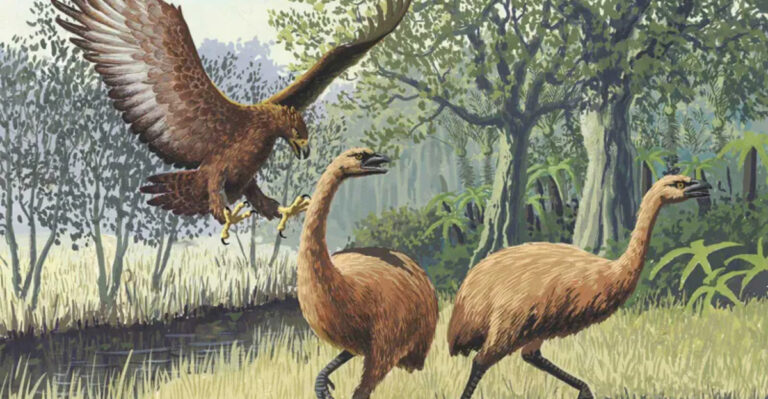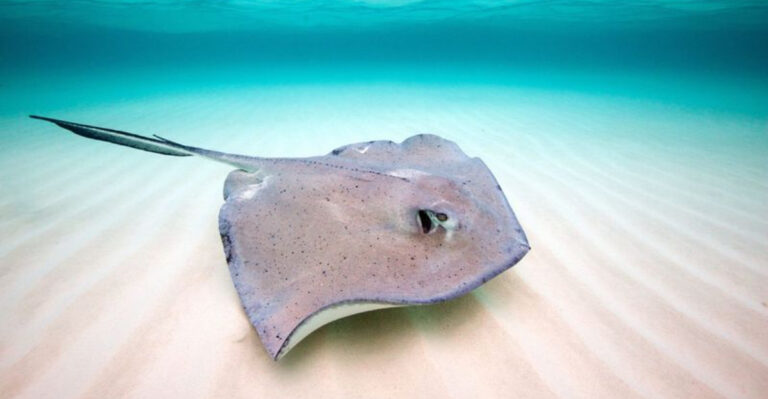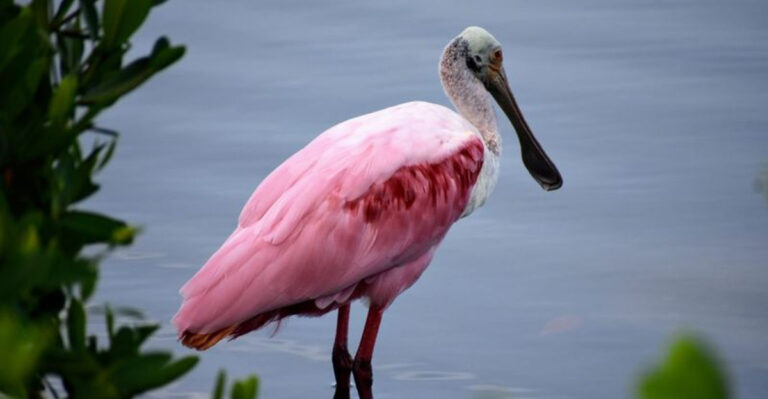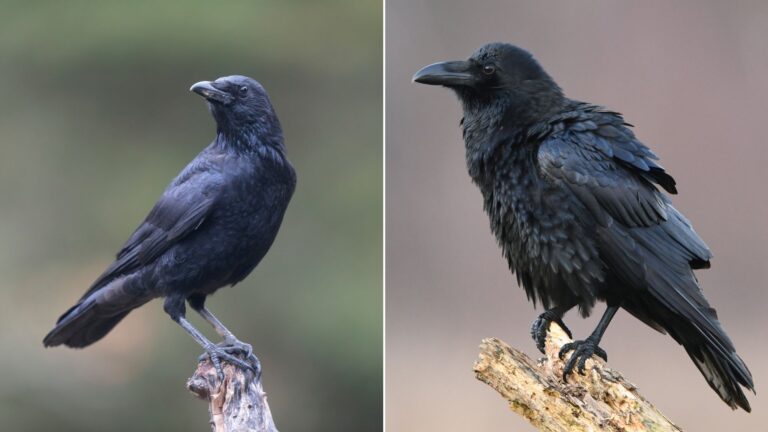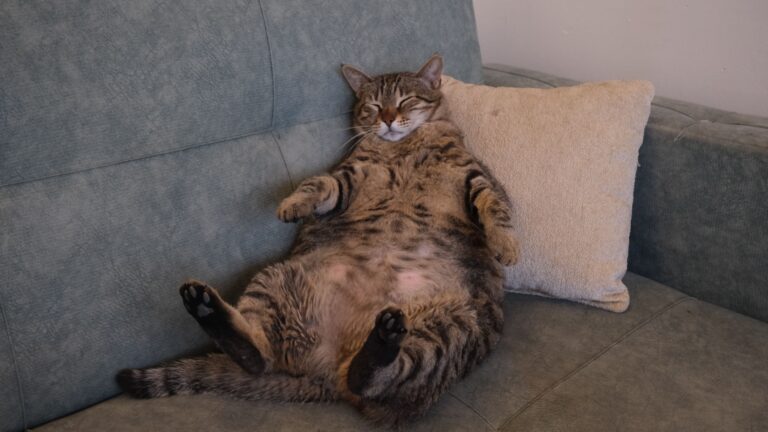Euoplocephalus May Be The Most Complete Armored Dinosaur Ever Discovered
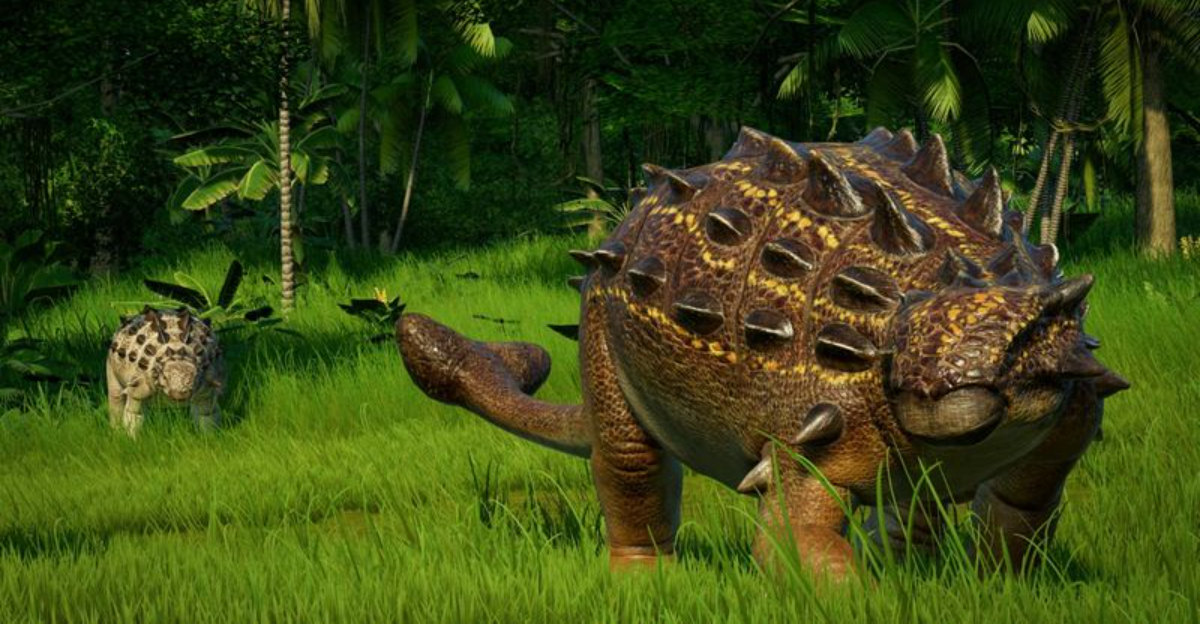
Imagine a dinosaur built like a walking tank, covered in bony plates and wielding a club-like tail! That’s Euoplocephalus, one of the most fascinating armored dinosaurs that stomped across North America about 75 million years ago.
Scientists get super excited about this particular dinosaur because we’ve found so many complete fossils of it. Let’s explore what makes Euoplocephalus such an incredible discovery in the world of paleontology!
Walking Tank Of The Cretaceous
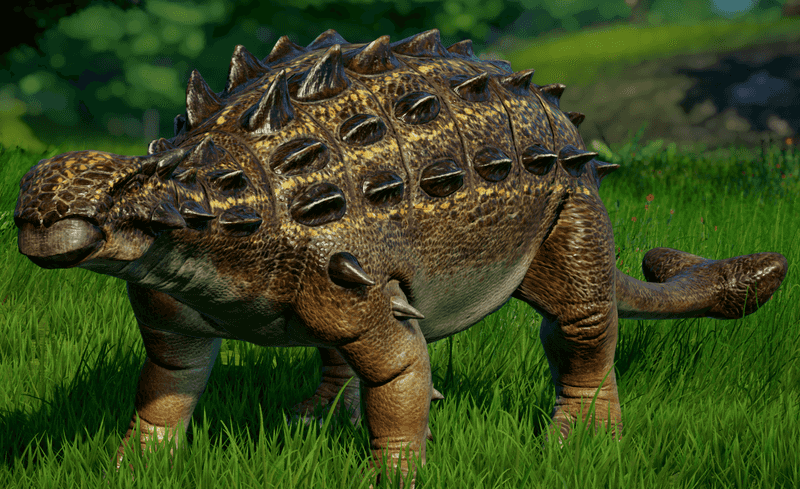
Euoplocephalus was essentially the Cretaceous equivalent of a military tank! This heavily-armored herbivore measured about 20 feet long and weighed around 2 tons – about the size of a modern rhinoceros but much more heavily protected.
Its entire body was covered with bony plates called osteoderms that formed an impressive natural armor. The dinosaur’s broad, flat body was low to the ground, making it difficult for predators to flip over.
Even its eyelids had bony protection! This walking fortress evolved during a time when fearsome predators like Tyrannosaurus and Gorgosaurus roamed, making armor a pretty smart survival strategy.
Fossil Jackpot For Scientists
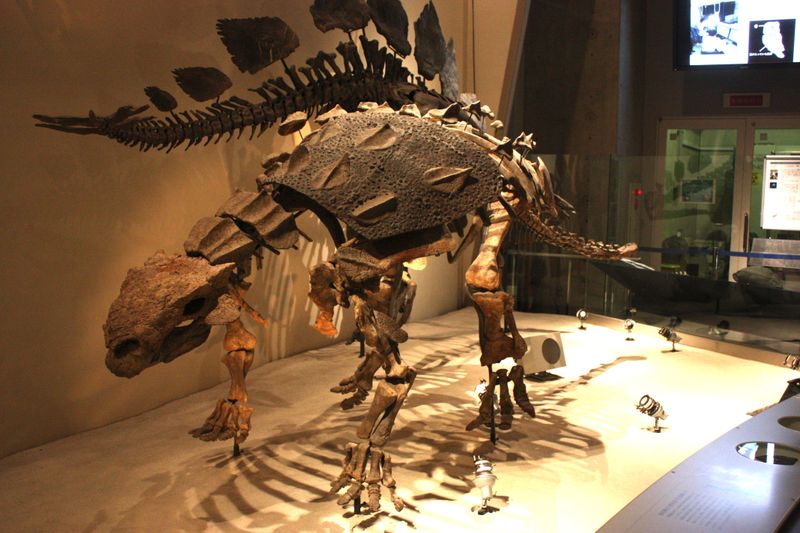
Over 40 individual specimens of Euoplocephalus have been discovered since the early 1900s! That’s an incredible number compared to many dinosaur species known from just a single bone or tooth.
These discoveries include several nearly complete skeletons with skulls, body armor, and tail clubs all preserved together. The abundance of specimens lets scientists study how these animals varied between individuals and how they grew from juveniles to adults.
Most fossils come from Alberta, Canada, particularly from the Dinosaur Provincial Park Formation, which has proven to be a goldmine for well-preserved Late Cretaceous dinosaurs.
Head Like A Fortress
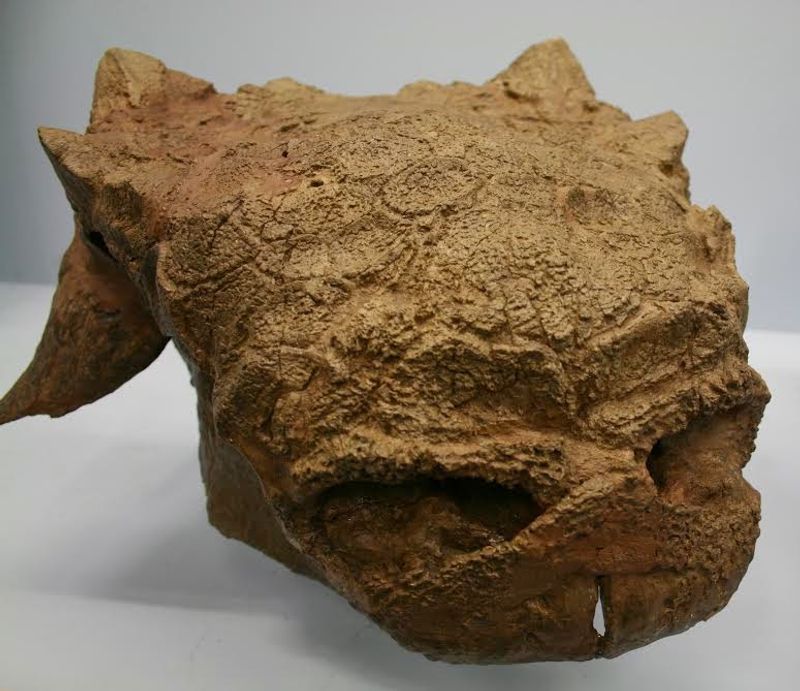
The skull of Euoplocephalus might be the most impressive dinosaur head ever! Fused bone plates created a solid protective shield, with small openings for eyes, nostrils, and a mouth. Think of it as wearing a bulletproof helmet 24/7.
Scientists have found several amazingly complete Euoplocephalus skulls. These fossils reveal intricate details about the brain case, jaw muscles, and even the pathways for blood vessels and nerves.
The dinosaur had a beak-like mouth for cropping plants and small, peg-like teeth in the back of its jaws for basic chewing. Its head was so well-armored that even T. rex would have had trouble biting through it!
Secret Nasal Passages
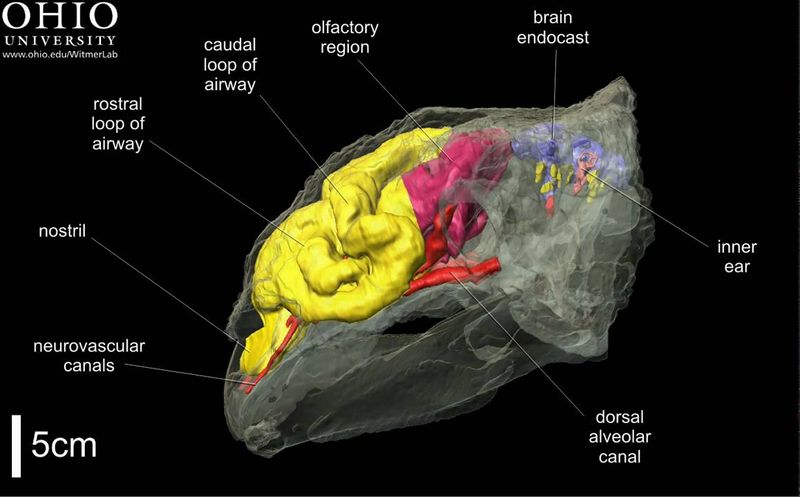
One of the coolest discoveries from complete Euoplocephalus skulls is the complex system of nasal passages hidden inside! These winding air channels formed a maze-like structure before connecting to the lungs.
Scientists think these twisted airways might have helped the dinosaur in several ways. They could have cooled the air before it reached the lungs or warmed it during cold weather. The passages might have also moistened incoming air in dry environments.
Another theory suggests these nasal labyrinths enhanced the dinosaur’s sense of smell, helping it detect predators or find food. Some researchers even believe they might have been used for making sounds to communicate with other Euoplocephalus!
Tail Club Smashing Power
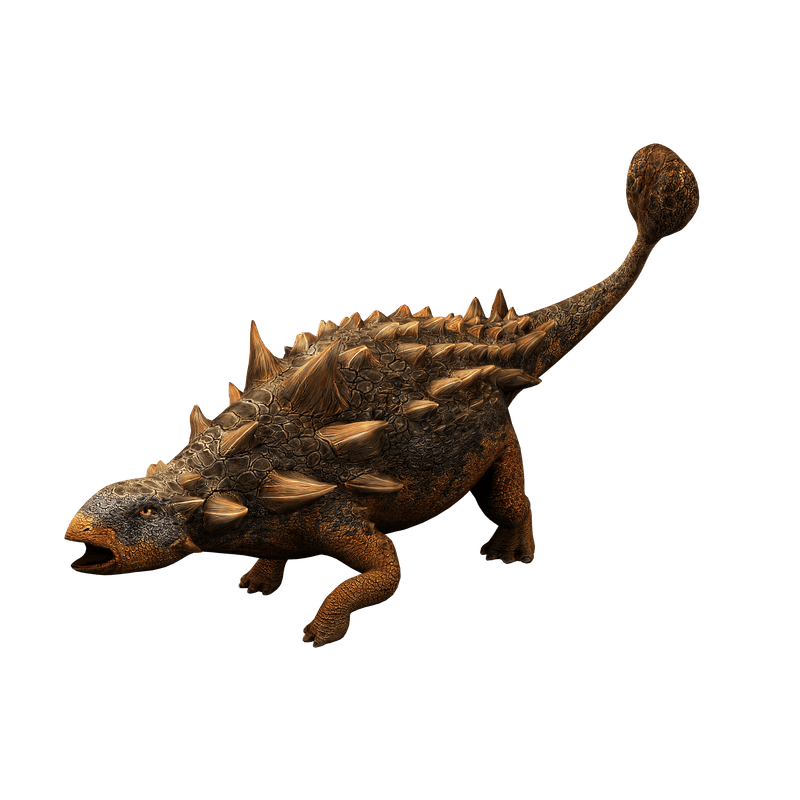
The business end of Euoplocephalus was definitely its tail! This amazing weapon ended in a massive bony club made of fused vertebrae and covered in large, protective spikes. The handle portion was stiffened by interlocking vertebrae but remained flexible at the base.
Scientists have studied complete tail clubs and calculated their devastating power. A full swing could deliver over 1,500 pounds of force – enough to break bones of attacking predators or even competing Euoplocephalus during mating disputes!
Amazingly well-preserved tail clubs show damage patterns that suggest they were actually used in life, not just for show. Some specimens even reveal healed fractures, proving these dinosaurs survived serious tail-club battles!
Body Armor Puzzle Solved
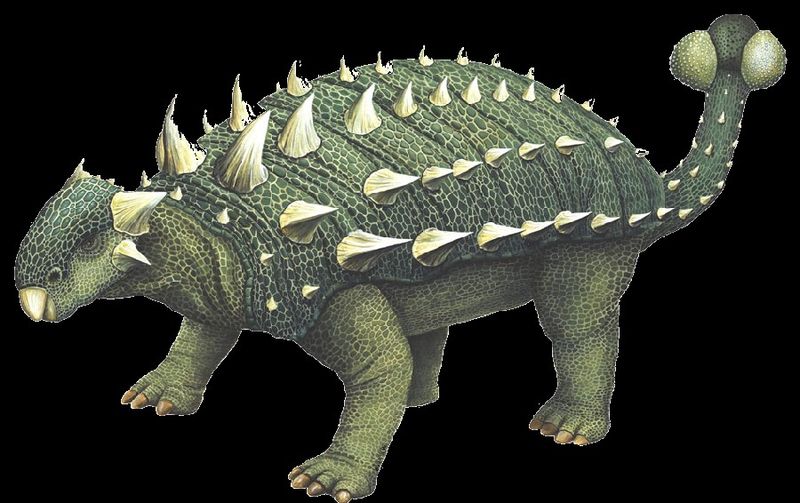
For decades, paleontologists struggled to figure out exactly how the armor plates were arranged on ankylosaurs like Euoplocephalus. The problem? When these dinosaurs died, their armor often scattered before fossilization.
Thanks to exceptionally preserved specimens, we now know the incredible detail of their armor arrangement. The back was covered with rows of large oval plates, smaller polygonal scales filled the gaps between them, and pointed spikes lined the sides.
Complete fossils reveal that no part was left unprotected – even the belly had small bony plates embedded in the skin! This discovery was only possible because of the remarkable completeness of certain Euoplocephalus specimens found with armor still in its original position.
Dinosaur CSI: Revealing Ancient Injuries
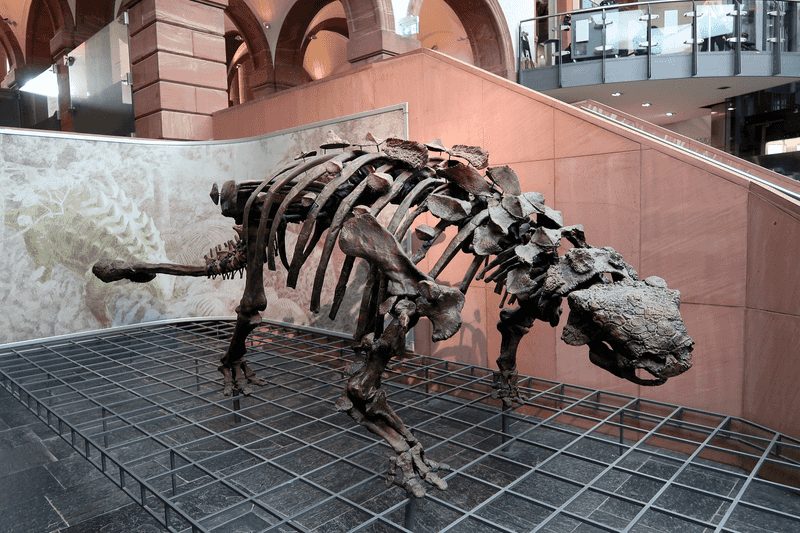
Complete fossils tell stories about dinosaur lives! Several Euoplocephalus specimens show evidence of injuries and healing, giving us a window into their rough-and-tumble existence.
One famous specimen has healed rib fractures and damaged armor plates, suggesting it survived a powerful attack, possibly from a large tyrannosaur. Another shows signs of infection where armor plates met the skin, revealing that even these walking tanks suffered from occasional health problems.
The completeness of these fossils allows paleontologists to perform a kind of “dinosaur CSI,” piecing together life events from bone evidence. Without such well-preserved specimens, these fascinating glimpses into dinosaur lives would remain forever hidden from science.
Growth Rings Reveal Dinosaur Ages
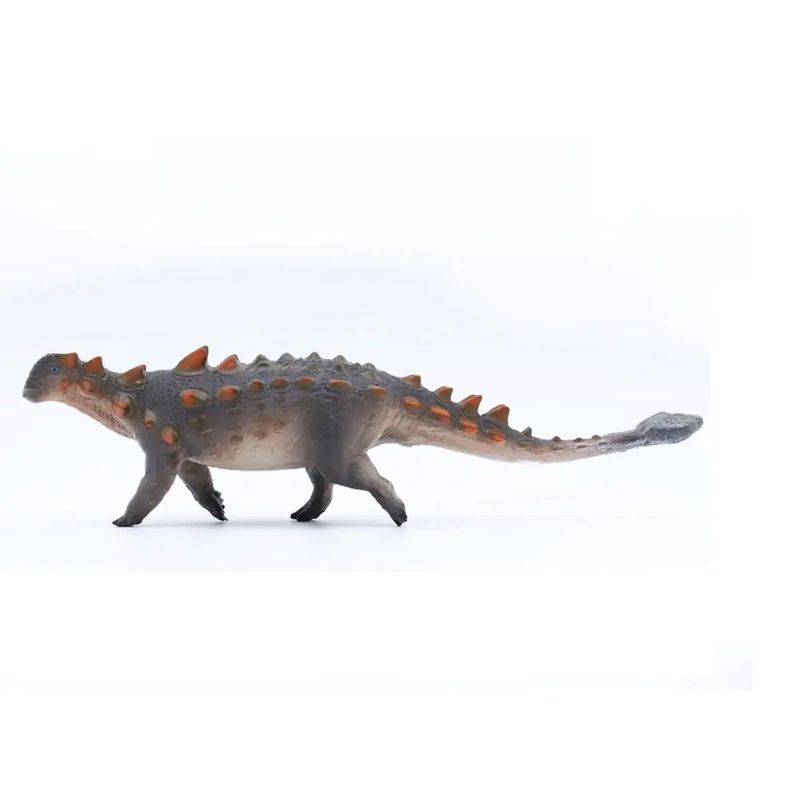
How long did Euoplocephalus live? Complete fossils from different growth stages help answer this question! By examining growth rings in bones (similar to tree rings), scientists estimate these armored giants lived 20-30 years in the wild.
Juvenile specimens show that young Euoplocephalus already had armor, though not as thick or developed as adults. Their tail clubs were smaller too, growing larger as the dinosaur matured. This suggests young ankylosaurs needed protection from predators right from the start.
Complete growth series are extremely rare in dinosaur paleontology. Having specimens from different life stages makes Euoplocephalus one of the best-understood dinosaurs in terms of how it changed as it grew up.
Diet Detective Work
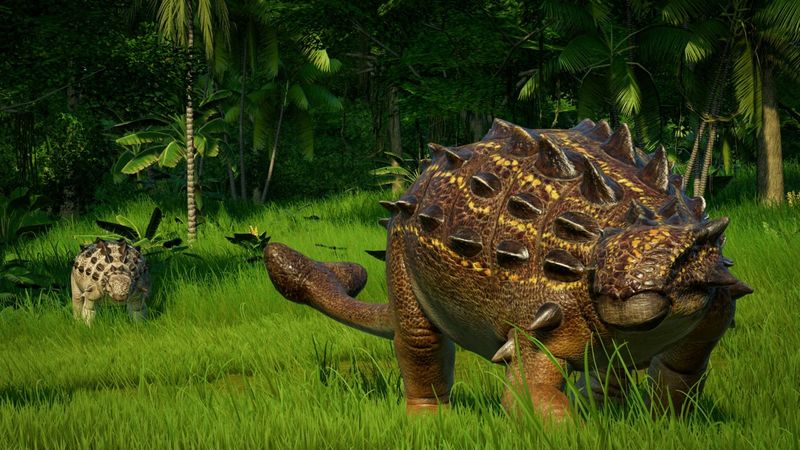
What did Euoplocephalus eat for breakfast? Complete specimens with preserved stomach contents and coprolites (fossil poop) provide amazing clues! Analysis reveals these armored dinosaurs munched on ferns, cycads, and primitive flowering plants that grew close to the ground.
Their small, peg-like teeth weren’t great for chewing, but microscopic wear patterns show they could process tough plant material. Some specimens even preserve gastroliths – stomach stones that helped grind up food, similar to modern birds!
The low-browsing diet of Euoplocephalus makes perfect sense given its tank-like body couldn’t reach high branches. This dietary evidence helps paint a complete picture of how these amazing animals lived in their ancient ecosystem.
3D Puzzles: Digital Dinosaur Reconstruction
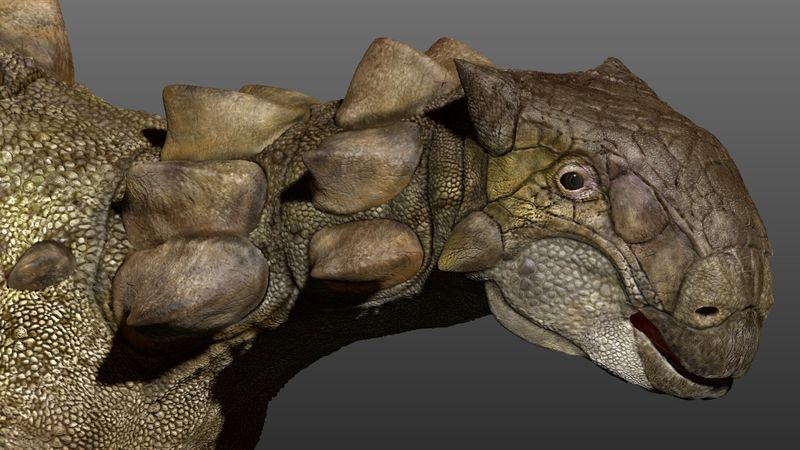
Modern technology has revolutionized how we study Euoplocephalus! Using CT scans and 3D modeling, scientists can digitally piece together complete specimens, revealing details impossible to see otherwise.
These techniques allow researchers to look inside solid rock to see hidden bones, or digitally remove distortions caused by millions of years of fossilization. Virtual models can test how the tail club moved, how the armor protected vital organs, or even how the dinosaur walked.
Complete specimens provide the perfect template for these digital reconstructions. By combining data from multiple well-preserved Euoplocephalus fossils, paleontologists have created some of the most accurate dinosaur models ever made – bringing these ancient creatures back to life in amazing detail!


